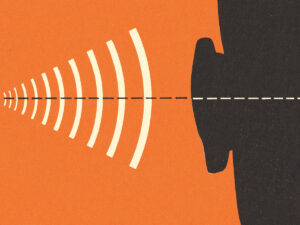Timbre (pronounced “tamber” or “tam-bur”) refers to the unique quality or character of a sound that distinguishes it from other sounds with the same pitch and volume. It is also known as tone color or sound color. Timbre is what allows us to distinguish between different musical instruments or voices, even when they are playing or singing the same pitch at the same volume.
Timbre is determined by several factors, including the harmonic content, envelope, and spectral characteristics of a sound. Harmonic content refers to the specific combination and strength of overtones or harmonics present in a sound, which gives it its unique tonal color. Envelope refers to the way in which a sound changes over time, including its attack (how it starts), sustain (how it sustains), and decay (how it ends). Spectral characteristics refer to the overall frequency distribution of a sound, which affects its timbral characteristics.









